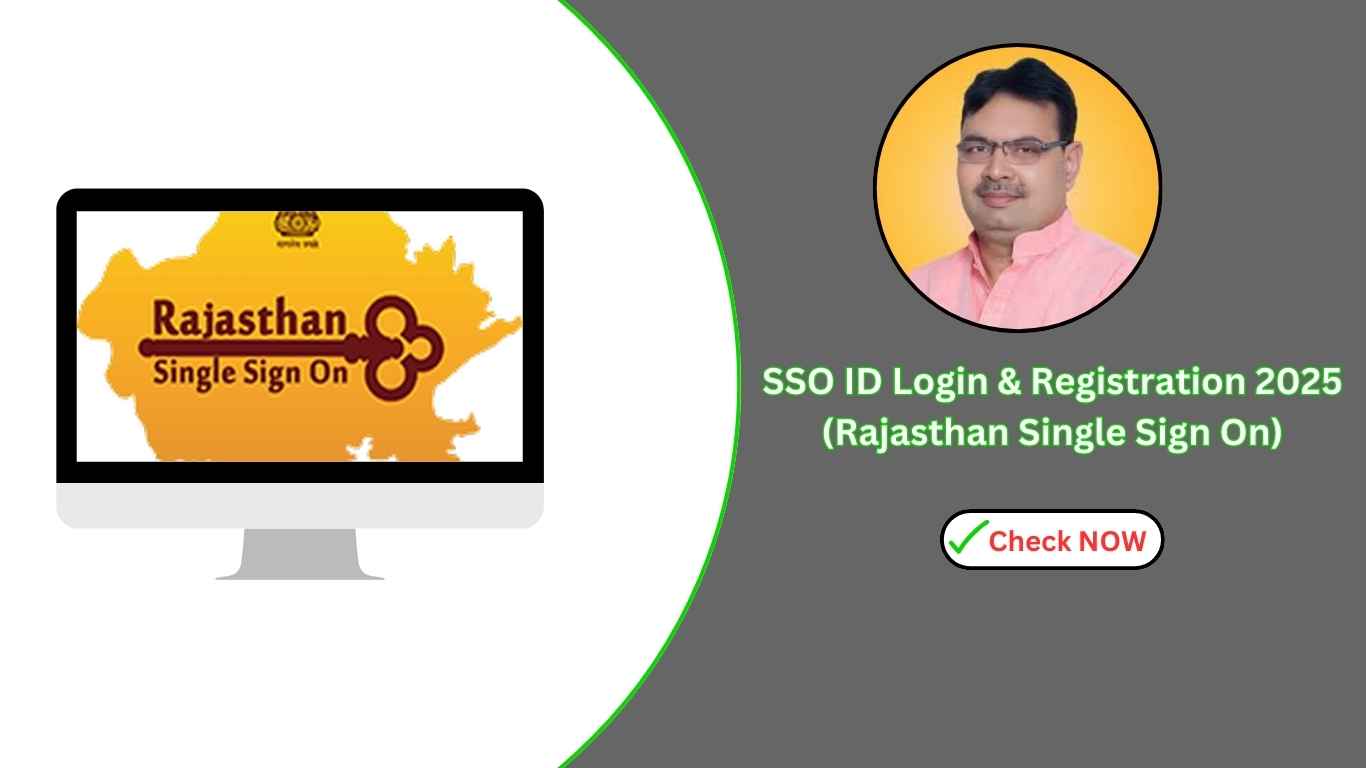How to Setup Google IDP?

Understanding Google IDP and SSO Basics
Google Identity Platform (IDP) provides a robust Single Sign-On (SSO) solution that streamlines user authentication across multiple applications. When implementing SSO ID login functionality, organizations can significantly reduce password fatigue and enhance security. The integration of Google IDP with your SSO system allows users to access various services using their Google credentials, making the authentication process seamless and user-friendly.
Configuring Google Cloud Console
To begin setting up your Google IDP for SSO ID implementation, navigate to the Google Cloud Console and create a new project. Within the project settings, enable the Identity Platform API and configure the OAuth consent screen. This step is crucial for establishing the foundation of your SSO ID login system, as it defines how your application will interact with Google's authentication services.
Setting Up OAuth 2.0 Credentials
Generate OAuth 2.0 credentials by creating a client ID and client secret in the Google Cloud Console. These credentials are essential for your application to authenticate with Google's SSO services. Configure the authorized redirect URIs and JavaScript origins to ensure secure communication between your application and Google's authentication endpoints.
Implementing Google Sign-In
Integrate the Google Sign-In button into your application's frontend using Google's authentication library. This implementation enables users to initiate the SSO ID login process with a single click. The library handles the OAuth 2.0 flow automatically, making it easier to manage user authentication while maintaining security standards.
Managing User Sessions and Tokens
After successful SSO authentication, implement proper session management and token handling. Store the ID tokens securely and validate them on your backend to maintain the user's authenticated state. This ensures a smooth SSO experience while preventing unauthorized access to protected resources.
Testing and Troubleshooting
Conduct thorough testing of your Google IDP integration by verifying the SSO ID login flow across different scenarios. Test error handling, token validation, and session management to ensure a robust implementation. Monitor the authentication logs and set up proper error tracking to quickly identify and resolve any issues that may arise.
Conclusion
Implementing Google IDP for SSO provides organizations with a secure and efficient authentication solution. By following these steps and best practices, you can successfully integrate SSO ID login functionality into your applications. Regular monitoring and maintenance of your SSO implementation will ensure continued security and optimal performance for your users.
- Art
- Causes
- Crafts
- Crypto
- Dance
- Drinks
- Defi
- Film
- Fitness
- Food
- Giochi
- Gardening
- Health
- Home
- Literature
- Music
- Networking
- Altre informazioni
- Party
- Religion
- Shopping
- Sports
- Theater
- Wellness

